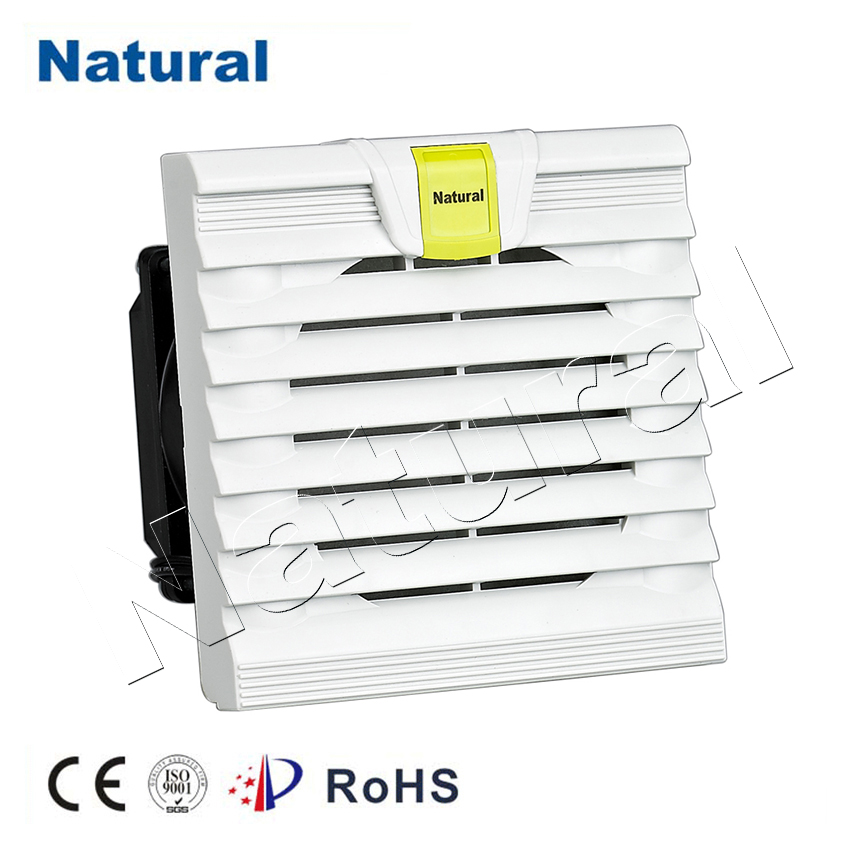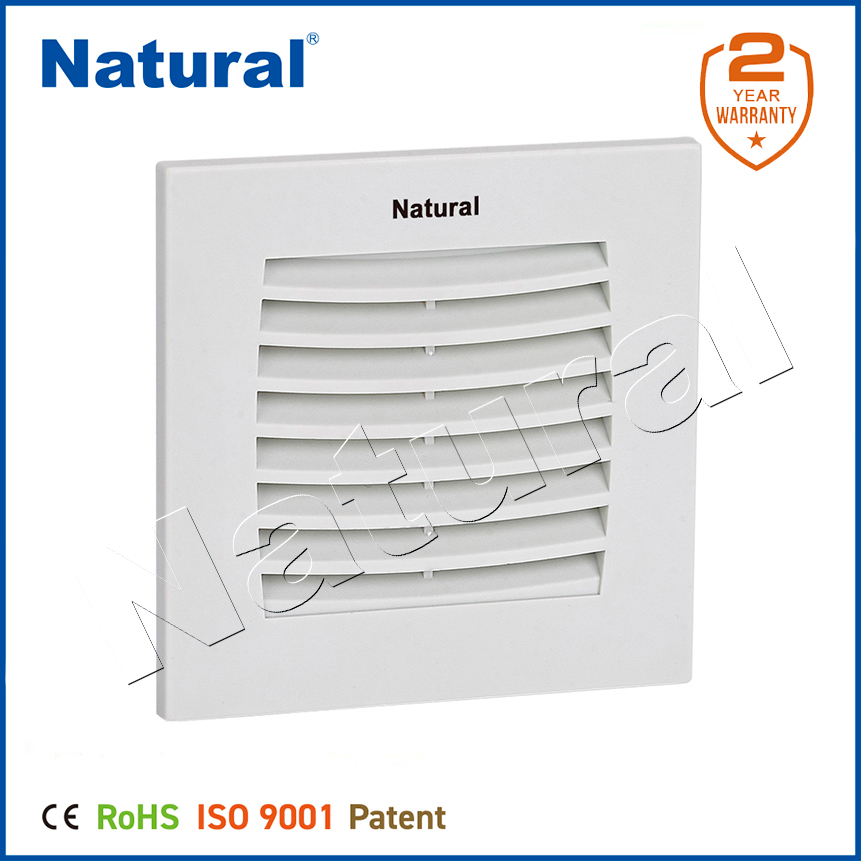In the ever-evolving world of electronics and industrial machinery, maintaining optimal temperature conditions is crucial for ensuring longevity and reliable performance. One of the most effective methods for achieving this is through the use of cabinet filter fans. These devices play a pivotal role in maintaining the ideal temperature within electrical enclosures, preventing overheating, and protecting sensitive components from the damaging effects of heat.

What is a Cabinet Filter Fan?

A cabinet filter fan is a specialized ventilation system designed to maintain airflow inside electrical cabinets, control panels, and enclosures. It is composed of a fan and a filter that work together to draw in air, filter out dust and contaminants, and expel warm air from the enclosure. The primary function of the cabinet filter fan is to keep the internal temperature of the cabinet within safe limits, helping to prevent potential overheating, which can lead to system failures, decreased performance, and even permanent damage to critical components. How Cabinet Filter Fans Work Cabinet filter fans operate on a simple yet highly effective mechanism. The fan draws air from the outside environment, which typically passes through a filter to capture any dust, debris, or contaminants. The filtered air is then introduced into the cabinet, where it circulates and helps cool the internal components. As the air inside the cabinet becomes warmer due to heat generated by electrical equipment, the fan pushes the hot air out, maintaining a balanced and controlled environment.
